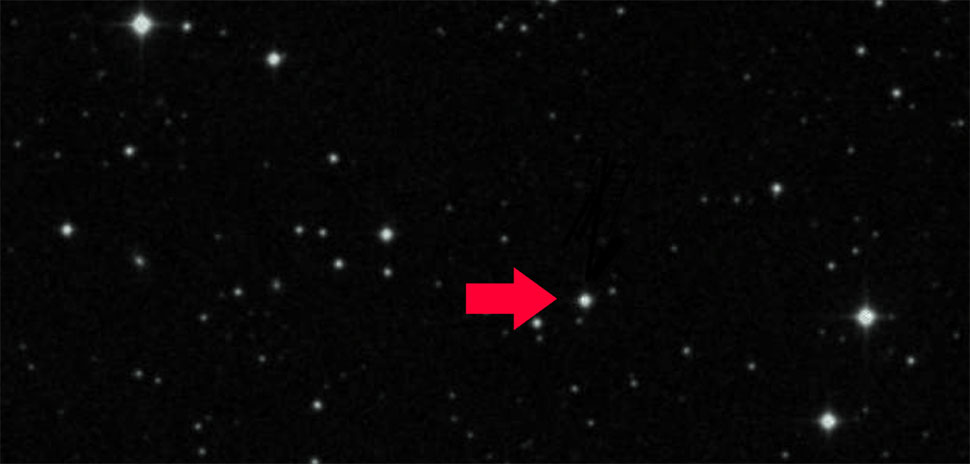A group of Southern Methodist University astronomers has discovered a pulsating variable star — one that changes brightness — located 7,000 light years away from Earth in the constellation Pegasus.
The Milky Way has more than 100 billion stars in it, with 400,900 stars categorized as variable stars. Of those variable stars, there are seven that are categorized as a rare intrinsic variable star, including the one the SMU team found.
“It was challenging to identify it,” SMU astronomer Farley Ferrante said in a release. “This is the first time we’d encountered this rare type.”
“It was challenging to identify it. This is the first time we’d encountered this rare type. ”
SMU astronomer Farley Ferrante
SMU astrophysicists discovered the star, which is classified as a Triple Mode ‘high amplitude delta Scuti,’ by examining light curve shape.
“In a particular field of the night sky under observation there may have been hundreds or even thousands of stars. So the software we use generates a light curve for each one, for one night,” Ferrante said. “Then — and here’s the human part — we use our brain’s capacity for pattern recognition to find something that looks interesting and that has a variation.”
High schoolers in SMU’s chapter of the Department of Energy/National Science Foundation QuarkNet program and undergraduate students also aided in the research.
By finding another Triple Mode HADS(B), scientists can better understand the characteristics of the rare star type, according to the university.
THE RARE STAR EXPANDS AND CONTRACTS
The star’s pulsation comes as it expands and contracts and exhausts hydrogen fuel from its core.
“There’s this continual struggle between thermal expansion and gravitational contraction,” Ferrante said. “The star oscillates like a spring, but it always overshoots its equilibrium, doing that for many millions of years until it evolves into the next phase, where it burns helium in its core. And if it’s about the size and mass of the sun — then helium fusion and carbon is the end stage. And when helium is used up, we’re left with a dying ember called a white dwarf.”
The star identified by SMU doesn’t have a common name yet, but it has been officially added to the International Variable Star Index.
Delivering what’s new and next in Dallas-Fort Worth innovation, every day. Get the Dallas Innovates e-newsletter.






































































